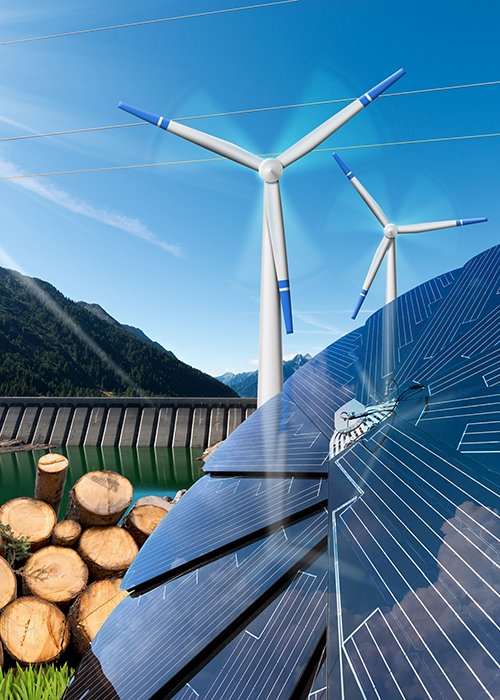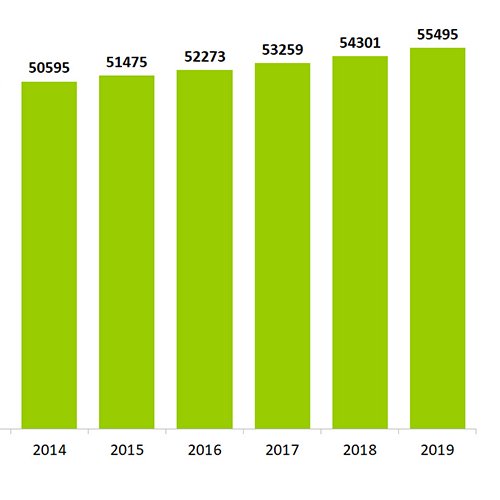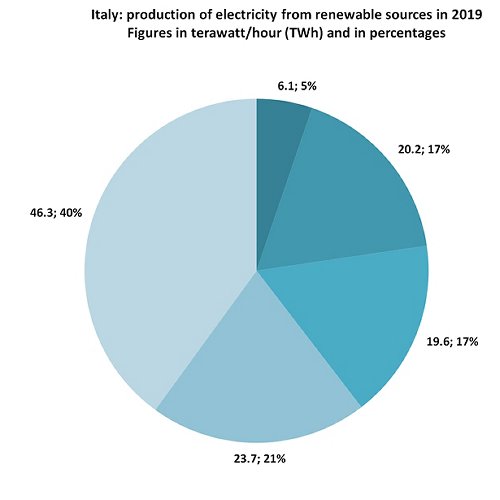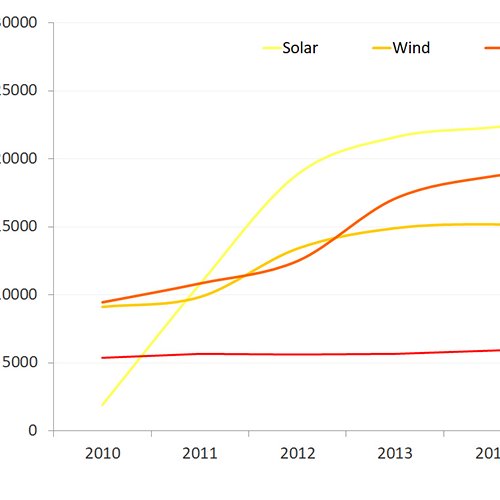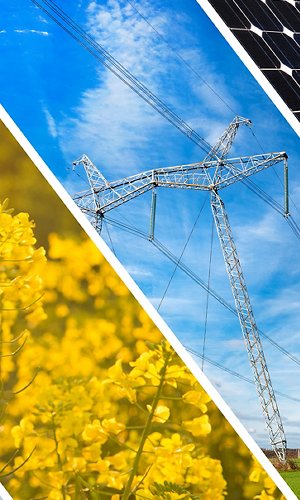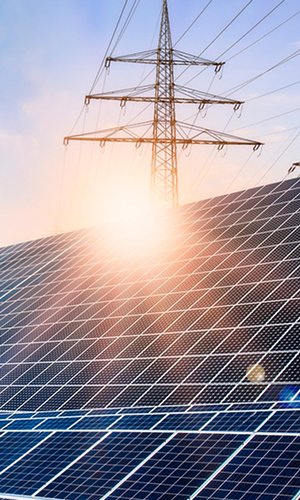The Energy Services Operator (GSE) periodically publishes data and statistics on the renewable energy sources used in Italy. The release of the “Energy from Renewable Sources in Italy – 2019” Statistical Report (published in 2021 and downloadable from the GSE website) allows us to get a picture of the current situation on renewable sources in Italy, a sector that is constantly developing and changing.
According to the data in the Statistical Report, renewable energy sources play a key role on the Italian energy scene, and are widely used both for production of electricity (Electricity sector) – which we will discuss in detail later – and for production of heat (Thermal sector), as well as biofuels for transport (Transport sector).

